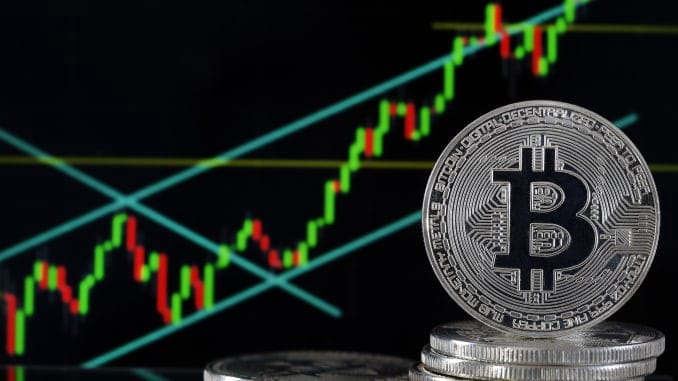Crypto Central Bank (p2)
What is money? What is a token? What is a Central Bank?
Cryptocurrencies and money in the traditional economy are similar in that they are both just representations of a journal entry in an accounting system. The core purpose of this accounting system is to allocate resources in the most efficient manner so that the productivity of the greater economy and crypto-economy can continue to grow. Almost all transactions today in the real economy occur through a currency that is issued and ultimately supported by central banks, but different forms of money have started to emerge in recent years, including cryptocurrencies. The range of the different kinds of money can be best described by the money flower taxonomy created by Morten Bech and Rodney Garratt of the BIS. The flower categorizes money based on four key properties: the issuer, the form, the degree of accessibility and the payment transfer mechanism.
While cryptocurrencies do fit into the taxonomy of money, cryptocurrencies and traditional currencies do have significant fundamental differences. Ray Dalio stated that money and credit in a fiat currency system are associated with wealth, but they aren’t wealth. Cryptoassets however, are wealth.(5) This is due to the fact that cryptocurrencies are not just a currency but also a combination of various types of assets. Bitcoin for example, is classified by the CFTC as a commodity even though it was originally developed as a medium of exchange. There are some tokens that are clearly just a medium of exchange but there are also some cryptotokens that clearly are a security. The complicated structure of cryptotokens makes the need for a system that ensures stability that much more pressing. For example, there are separate regulatory bodies that oversee commodities, financial securities and currency in every country. There are separate regulatory bodies because each asset class has its own unique set of challenges and threats that it poses to investors.
Tokenomics as Central Banking
What makes the cryptonetwork a viable model is the concept of the token economy, which is the system of incentives based on cryptocurrencies that reinforce and build desirable behaviors in a blockchain network. This system of incentives in a network is carefully designed in the tokenomics, which covers everything from token supply to governance issues. The idea of the token economy was actually originally developed in 1972 by modern psychologist, B.F. Skinner His ideas on using a token to reinforce targeted behaviors were developed during his research on operant conditioning. In the case of the real economy, the currency is the medium through which the central bank reinforces targeted behaviors. The central bank is able to stimulate or tighten the level of economic activity in a country by lowering or increasing short-term rates. This directly increases or decreases lending activity which then leads to the increase or decrease in economic activity.
Tokenomics and the central bank monetary policy are both the same in that they are manipulating the supply and demand of a medium through which results in additional activity to take place. The biggest difference in cryptonetworks is that trading activity instead of lending is the mechanism that stimulates or tightens “economic” activity. In the University of Chicago BFI working paper on tokenomics, it is stated that tokens are used as medium of exchange on decentralized networks, but the trading on secondary markets directly generates a feedback loop with the token valuation and platform adoption. Their study’s models showed that when investors expect the platform’s technology or productivity to boost, it results in token price appreciation that then induces more investors to join the platform.
Next Post on Friday
Sources:
Dalio, Ray. (2017) How the Economic Machine Works
M Bech and R Garratt, “Central bank cryptocurrencies”, BIS Quarterly Review, September 2017, pp 55–70.5
Dalio, Ray. (2020) Money, Credit, Debt, and Economic Activity https://www.linkedin.com/pulse/money-credit-debt-ray-dalio
McLeod, Saul. (2018) “Skinner-Operant Conditioning” https://www.simplypsychology.org/operant-conditioning.html
Cong, William et all (2018) Tokenomics: Dynamic Adoption and Valuation https://bfi.uchicago.edu/wp-content/uploads/WP_2018-49.pdf


